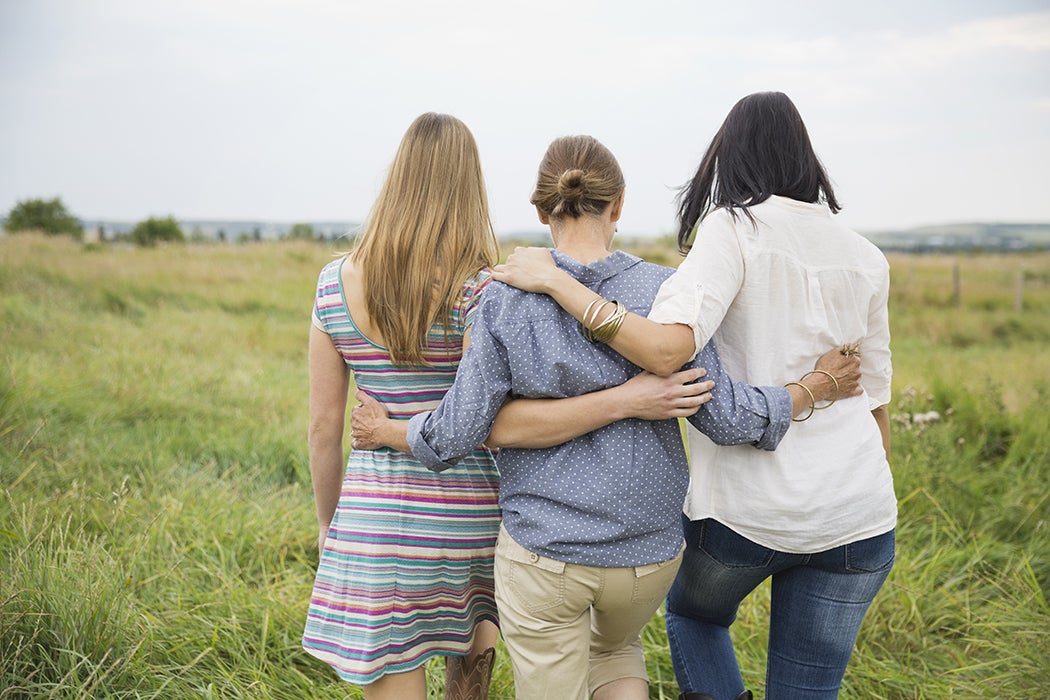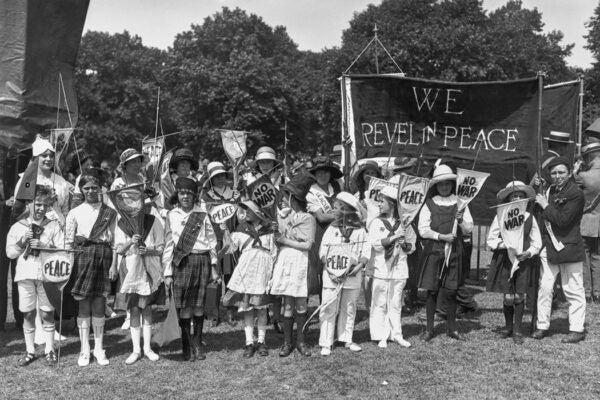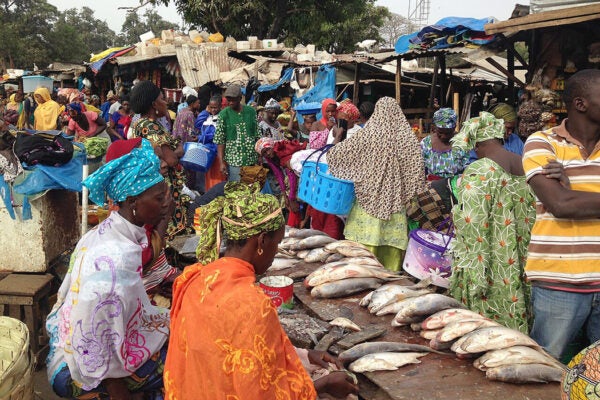Even after Obergefell v. Hodges—the Supreme Court decision that legalized gay marriage in the United States—gender and sexuality remain contested arenas of political and legal struggle, whether in bathroom bills targeting transgender students or heated arguments over wedding cakes. Debates over the expression of sexuality and gender seem as prevalent as ever. Asexuality, however, is often left out of the public debate, neither directly targeted in legislation nor championed by activists.
According to the Asexual Visibility and Education Network (AVEN), founded in 2001, an asexual person is someone “who does not experience sexual attraction.” In contrast to celibacy, a form of sexual abstention that “people choose,” asexuality is understood to be “an intrinsic part” of an individual’s identity.
However, feminist scholars Karli June Cerankowski and M. Milks wonder if the recognition of asexuality as a legitimate sexual identity potentially “undermines perhaps the most fundamental assumption about human sexuality: that all people experience, or should experience, sexual desire.”
In their 2010 analysis of the impact of asexuality on contemporary feminism, Cernkowski and Milks highlight how in much feminist thought, female sexuality is “steeped in the rhetoric of liberation.” Under this rubric, female sexuality as either “empowered or repressed,” a rigid binary that runs the risk of rendering asexuality as “repressive or dysfunctional.” When forms of female sexual expression are seen as either advancing or harming a larger political project, this immediately casts asexuality in a bad light. The asexual/ace community, however, does not lay claim to asexuality as superior or preferable to sexuality. Indeed, their desire for inclusion has led them to repudiate “hierarchies of sexual practice” altogether.
Weekly Newsletter
In response to Cerankowski and Milks, the gender scholar CJ DeLuzio Chasin argues that their definitions of asexuality do not go far enough. Chasin writes that even among feminists who have embraced the political implications of asexuality, there remains a tendency to assert that “being sexual (or non-asexual) is better than being asexual.” This, according to Chasin, is the logical outcome of the thinking that asexuality is only acceptable as a positive sexual identity if all avenues to make a person sexual have already been attempted. Then, and only then, can one be comfortably asexual.
One pernicious outcome of this kind of thinking is that it implicitly derides the notion that asexual expressions of intimacy might be just as good as sexual ones. While “critics of asexuality warn self-identified asexuals not to pigeon-hole themselves as sexual too soon,” writes Chasin, “nobody seems concerned if non-asexual people pigeonhole themselves as sexual or non-asexual too soon.” For Chasin, sexual freedom can never be truly achieved until every person is free to be sexual… or not.







